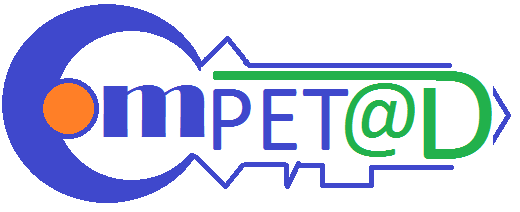Click here to REGISTER
COURSE DESCRIPTION:
A manager’s task is very demanding as it requires a very wide array of skill sets and competencies. You need to have superb attention to details, an analytical way of thinking, excellent customer service, efficient time management, an ability to influence people, and many more. One of the most important aspects of being a manager is understanding how your employees carry out tasks and what attitudes they have toward the job. While none of these are within a manager’s direct control, it is definitely one of the things they must influence. As a manager, it is important to realize and accept that you have a significant responsibility in influencing your employees. To do this, we need to learn proper coaching.
Most managers, regardless of the industry they work in, believe that coaching is only about telling their employees what to do. This sometimes results to failure. This guide to coaching allows managers to see beyond that common notion and understand the full scope of what constitutes effective coaching. The module shall equip both supervisors and managers with the know-how to effectively coach their employees.
This module aims to helps managers (1) improve employee performance by effectively and positively communicating to their employees (2) minimize the need for “employee baby-sitting” by influencing employees and stomping out their learned helplessness (3) potentially minimize attrition by effectively managing employee morale and empowerment (4)build a positive working environment by knowing when to use positive reinforcement and negative reinforcement.
OBJECTIVES:
In this module, supervisors and managers will learn:
• Managing one’s self and attitude for better coaching results
• How employees think and view work
• The Power of positive communication
• What coaching is and how it is done effectively
• When to use coaching VS reprimand
METHODOLOGY:
• Interactive Discussions
• Activities and Exercises
• Real-life scenarios
• Practice Sessions
• Multimedia
WHO SHOULD ATTEND
• Any Managers, Supervisors, and aspiring managers.
COURSE OUTLINE:
I – Understanding the concept of Coaching
A. Prerequisites of Coaching
II – Managing Self and Values Formation
A. Identifying Your Sphere of Control (Survival Activity)
B. Guiding Your Employees Through the Sphere of Control
III – Understanding Our Employees
A. What Motivates our Staff
B. 4 Different Communication Styles
C. Cycle of Learning
IV – Customer Service: A Manager’s Way of Thinking
A. Dimensions of Customer Service (and applying this to coaching)
B. Do’s and Don’ts – What to Say and What Not To Say (when talking to our staff)
C. Articulating Positive Intentions (to Motivate Staff Members)
D. Using Positive Communication11
V – Influencing and Empowering Your Staff
A. The Pygmallion Effect
B. Instant Coaching VS Reprimanding – Which one is appropriate? (3 Factors Affecting Performance)
C. Instant Coaching – Quick Steps/Activity
D. Communicating Our Staff Member’s Opportunities (Correcting Undesired Behaviors Properly)
VI – Final Activity and Debrief
Registration Instructions:
1. Fill out the registration form by clicking the link on top of this page. You may also download the MS Word attachment send it to training@competad.com
2. Our admin team shall send you shortly the Statement of Account/Confirmation of registration. Sign the statement of account to conform and finalize your registration and email the soft copy.
3. Follow the instructions in the statement of account and complete your payment.
4. Send the scanned copy of the Statement of Account and your deposit slip.
5. Should you need an official Billing Invoice, please call us at (02) 75083271 or click here for alternative numbers.





